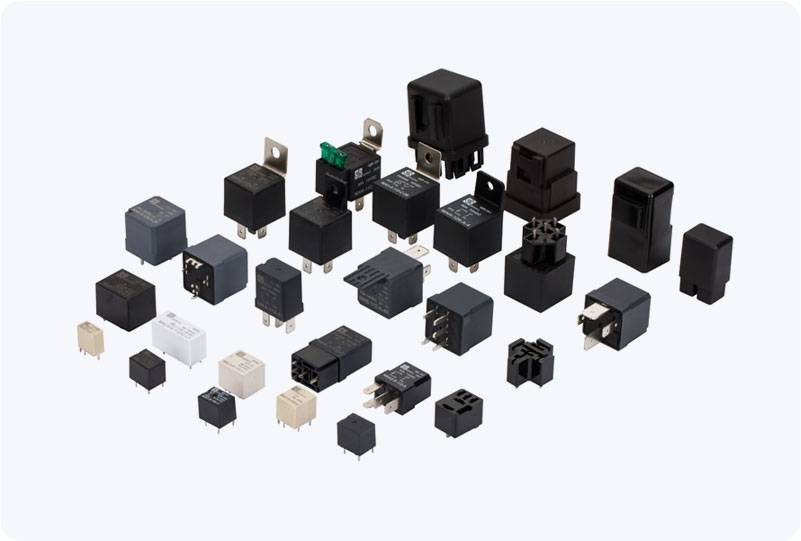understanding time delay relay: its function, applications, and benefits
Release time:2025-07-23 08:17:32
A Time Delay Relay (TDR) is an essential electrical component widely used in automation, control systems, and protection circuits. It is designed to introduce a specified delay before performing an action in response to a trigger signal. This delay can be configured to either delay the activation or deactivation of a device, making Time Delay Relays an indispensable part of numerous applications in industrial, commercial, and residential environments.

What is a Time Delay Relay?
A Time Delay Relay is an electromechanical or electronic device that controls the operation of an electrical circuit by introducing a time delay after receiving a trigger signal. When the input signal is applied, the relay does not immediately respond; instead, it waits for the preset delay time before either activating or deactivating the connected load. This time delay can range from milliseconds to several hours, depending on the requirements of the application.
Time Delay Relays are typically used to manage the sequence of operations in complex systems where timing and coordination are critical. They help in protecting equipment from sudden electrical shocks, ensuring that systems operate smoothly, and preventing failures due to improper timing or excessive load.

